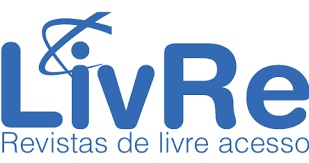Paresis of the IV nerve with positive Bielschowsky sign: a case report
DOI:
https://doi.org/10.51723/hrj.v2i10.119Keywords:
paresis, trochlear nerve, craniocerebral trauma, ophthalmologyAbstract
The trochlear nerve participates in the extrinsic movement of the eyes through the superior oblique muscle. Its involvement is not frequent among lesions of the cranial nerves and when affected the etiology may be congenital, traumatic or related to hypertension. Lesions caused by traumatic brain injury usually occur in vehicle collisions, related to direct or frontal orbital trauma, and are more frequent in men than women.
The main signs include hypertropy, vertical diplopia, limitation of adduction depression and inclination of the head to the opposite side of the paralyzed superior oblique muscle, a maneuver known as positive Bielchowsky sign. This study aims to report the case of a 54 years old male patient who presented diplopia after a traumatic brain injury caused by a car accident, which led to the main hypothesis of left cranial nerve palsy. The weakness of the nerves involved in the eye movement, after a traumatic brain injury, is elegible for conservative and surgical treatment, which should be throughly analised to provide the best prognosis and therapeutic strategy.
Downloads
Published
How to Cite
Issue
Section
License
Esta licença permite que outros distribuam, remixem, adaptem e desenvolvam seu trabalho, mesmo comercialmente, desde que atribuam crédito à revista pela criação original.



 https://doaj.org/toc/2675-2913
https://doaj.org/toc/2675-2913



